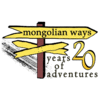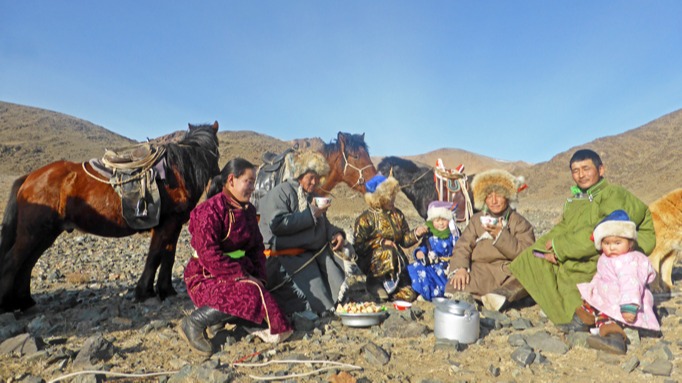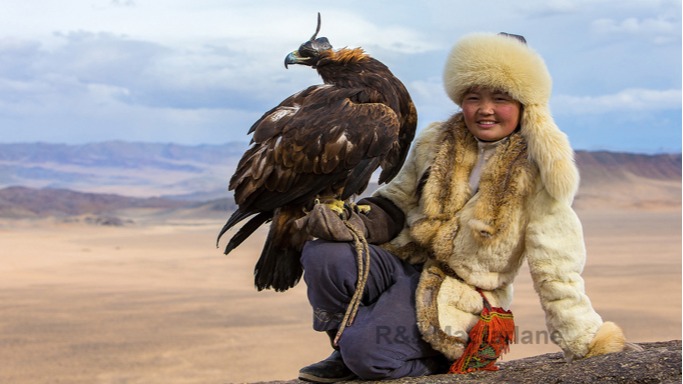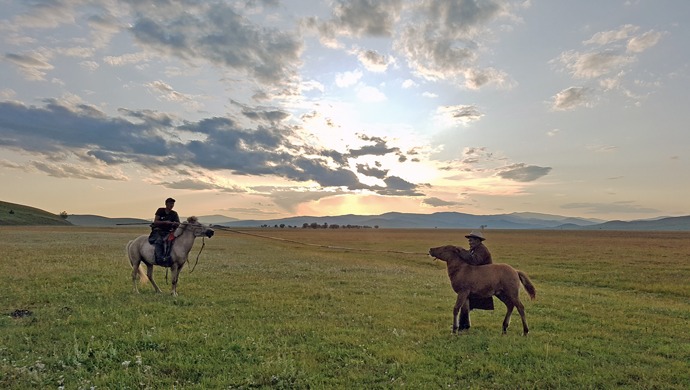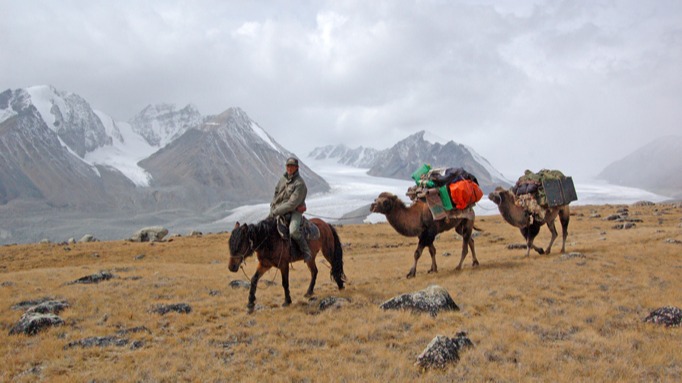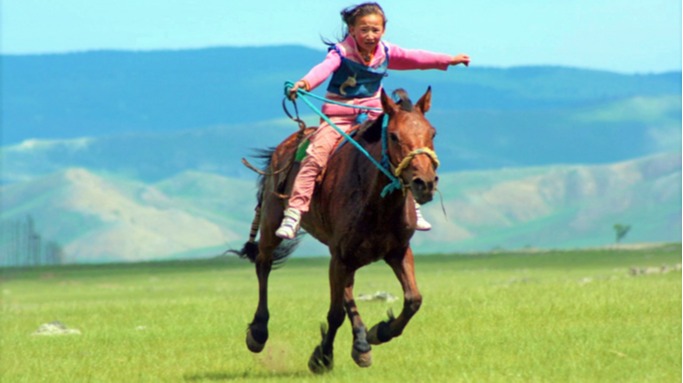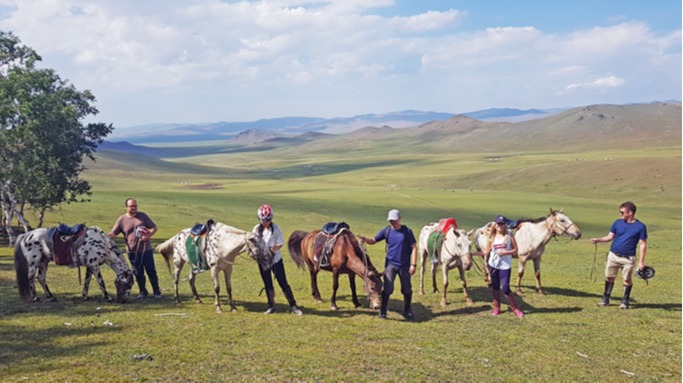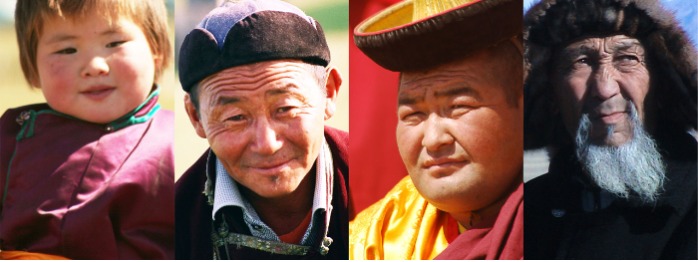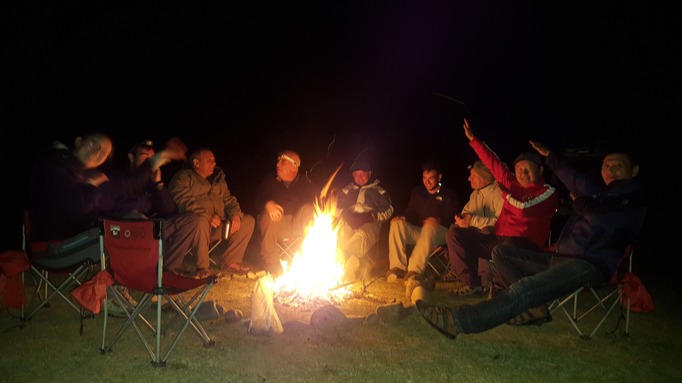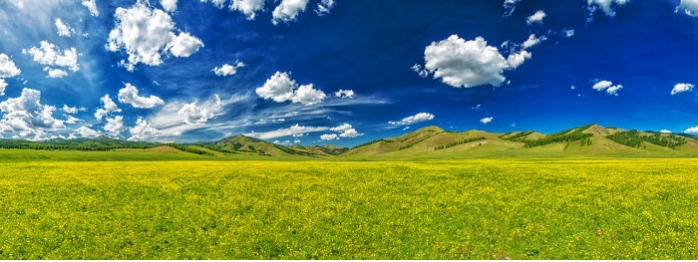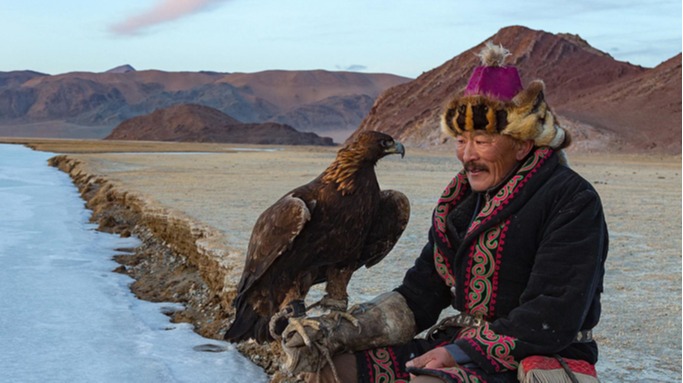
Glittering snow, clear blue sky, frozen rivers, and lakes are the typical image of December. It is an exceptionally beautiful time to see endless white steppes and Siberian borderlands. Even though it does not snow much in Mongolia, the snow that falls sticks and stays almost until May as the temperature never increases above 0°C. As many rivers freeze almost to the bottom, nomads collect their drinking water from a nearby water point such as a frozen river, well, or any melting ice. Mongolian nomads still herd their livestock with the primary focus being the protection of animals from prey such as wolves and making sure the animals can access food underneath the snow cover. The hours of daylight are limited, and life for herding families can almost feel like passing the winter in a dormant condition. Traveling in Mongolian winter is a remarkable experience as it will show you how good Mongolians are at adaptation. No matter how cold it gets every Mongolian continues their daily li
